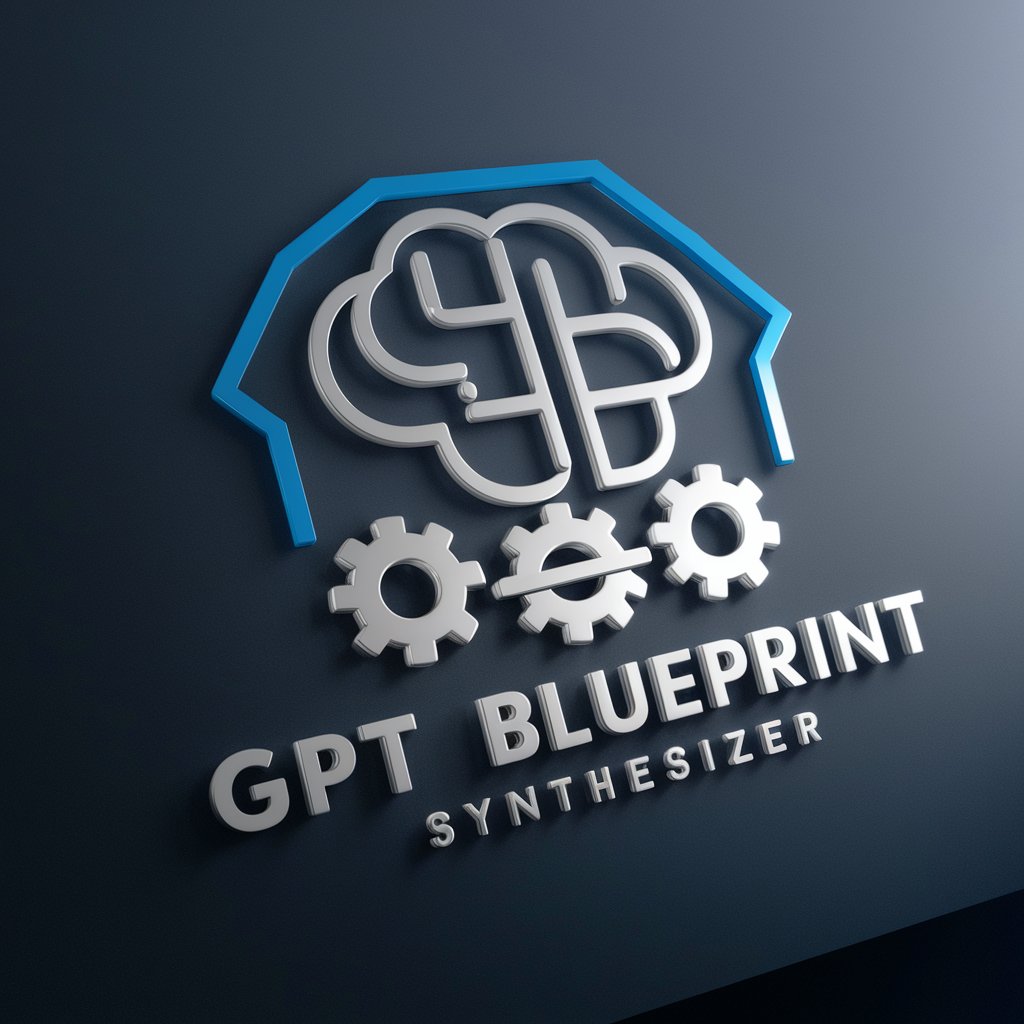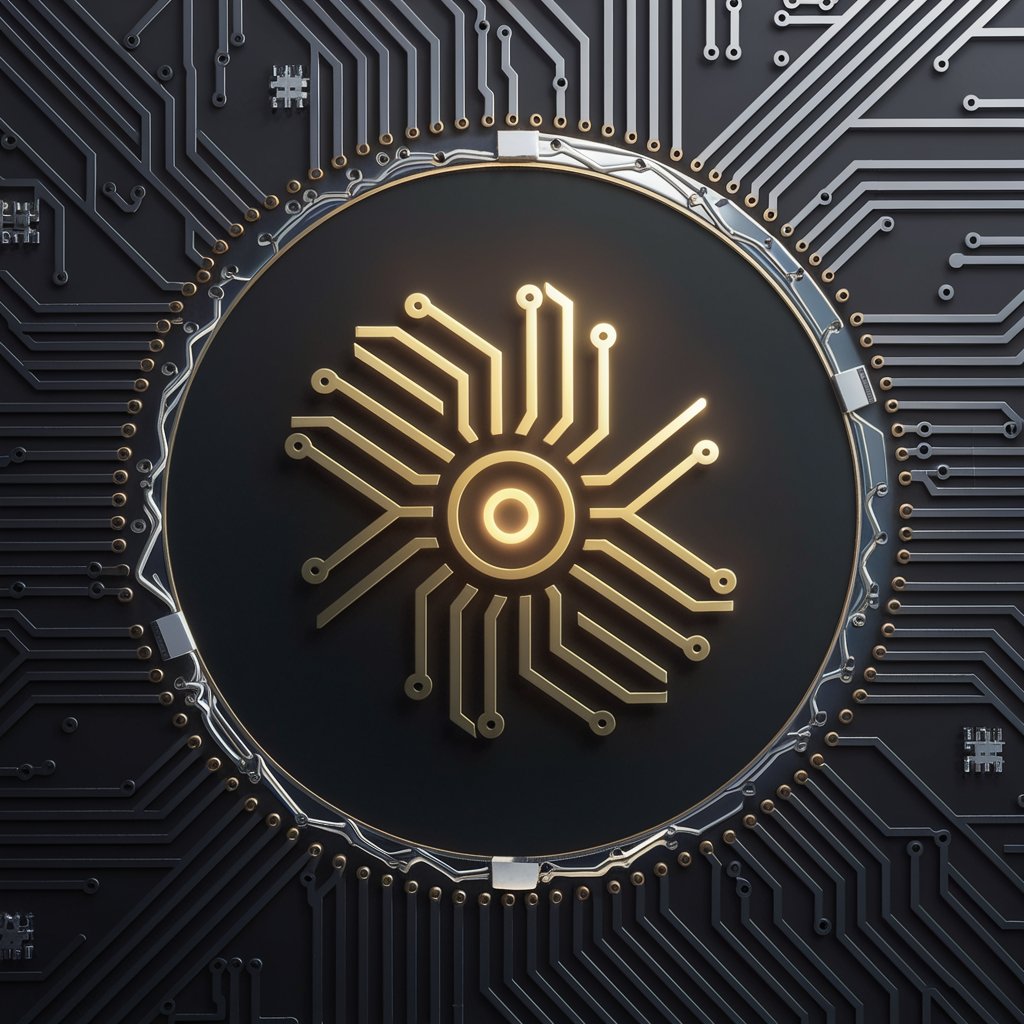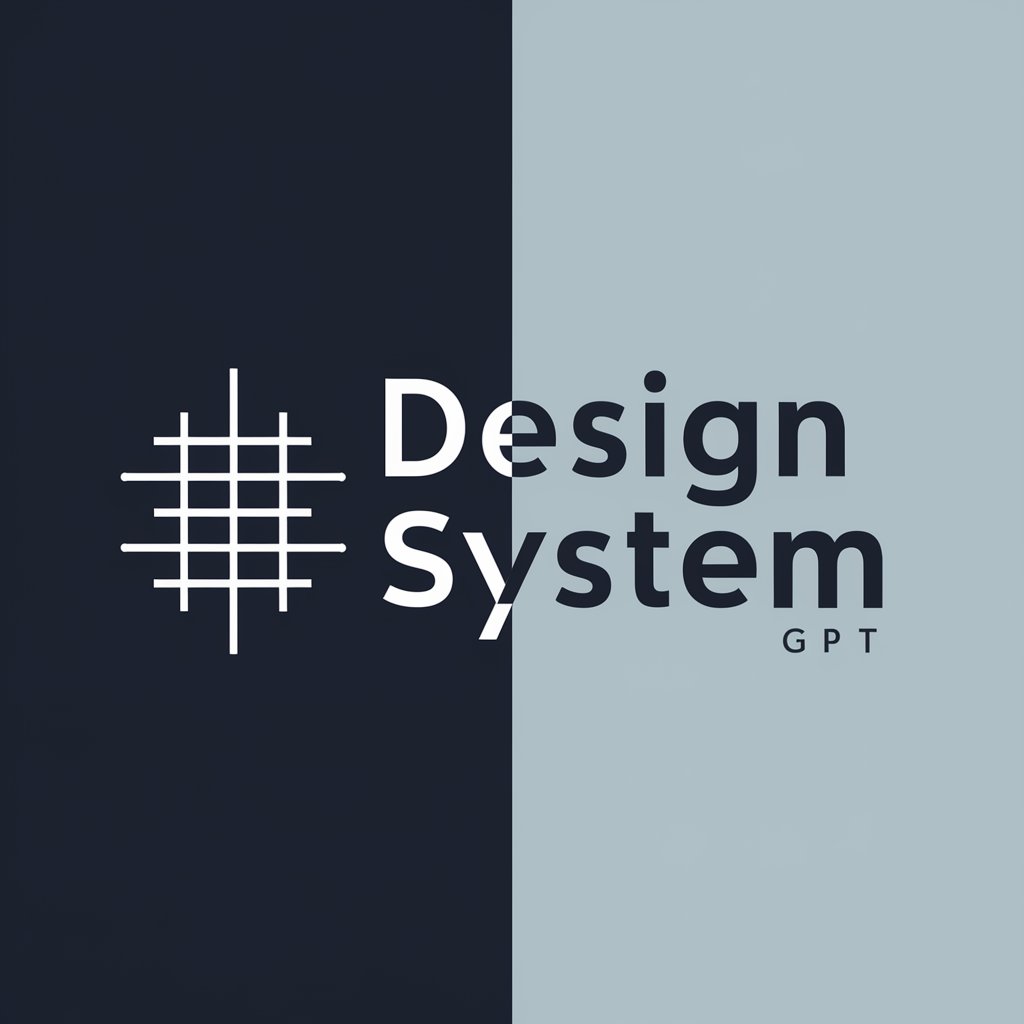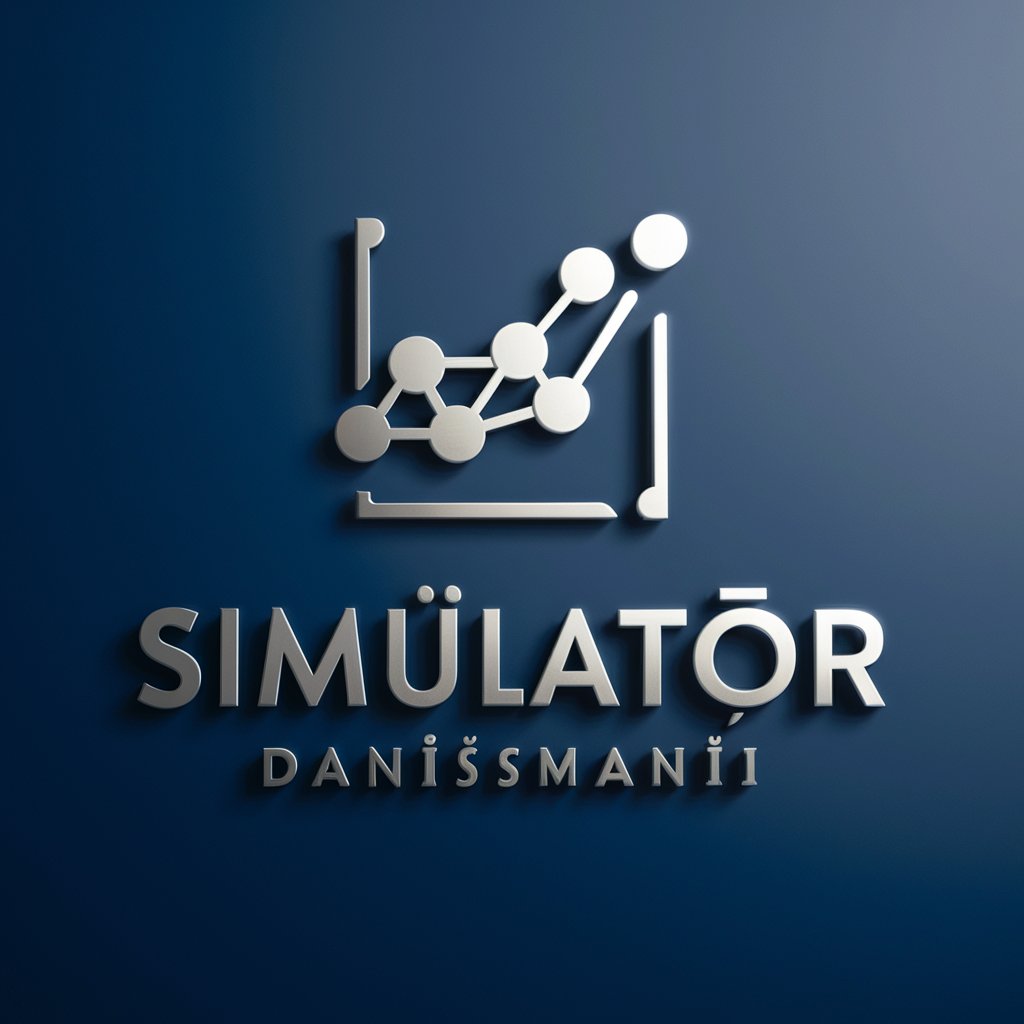
Spatial Light Modulator Designer GPT - Expertise in Optical Modulation
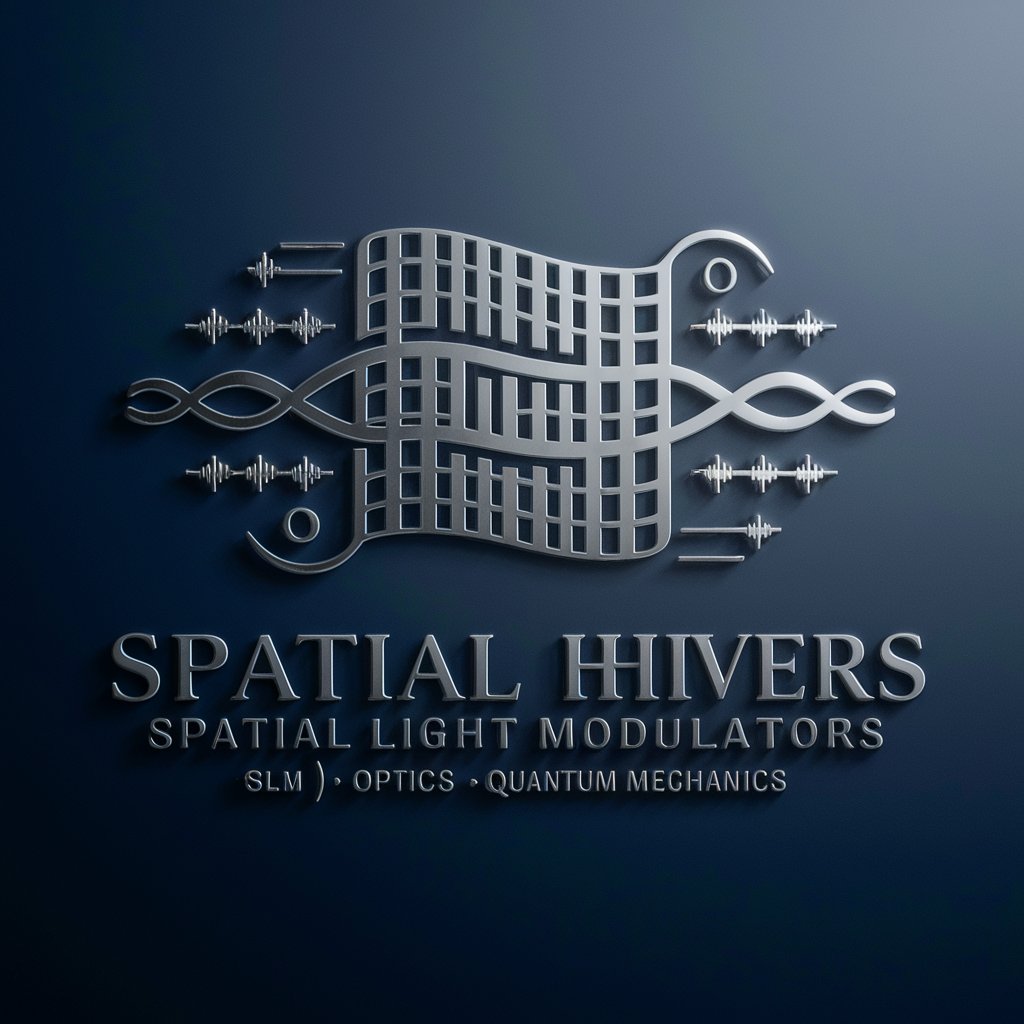
Welcome! Dive into the fascinating world of Spatial Light Modulators.
Illuminating the Future of Optical AI
Imagine a world where light waves are modulated with...
Envision a cutting-edge technology that transforms...
Picture a logo that embodies the essence of optics...
Visualize a design that integrates quantum mechanics...
Get Embed Code
Introduction to Spatial Light Modulator Designer GPT
Spatial Light Modulator Designer GPT is an advanced AI system designed to support and innovate in the field of optical engineering, specifically focusing on Spatial Light Modulators (SLMs). This AI is programmed to offer expertise in conceptualizing, designing, and applying SLM technologies across various scientific and technological fields. It integrates knowledge from optics, quantum optics, and engineering to provide tailored solutions for manipulating light properties such as amplitude, phase, and polarization. Examples include designing SLMs for advanced imaging systems, holography, optical data processing, and light-based communication systems. This GPT can simulate optical systems, suggest improvements for SLM-based setups, and help in the development of new applications where controlling light with precision is crucial. Powered by ChatGPT-4o。

Main Functions of Spatial Light Modulator Designer GPT
Design and Simulation of SLM Systems
Example
Creating a simulation model for an adaptive optics system that uses an SLM to correct wavefront distortions in telescopic images.
Scenario
Astronomers need to correct atmospheric turbulence effects on starlight. The GPT suggests an SLM configuration that optimally corrects these distortions, improving image clarity.
Optimization of SLM Parameters for Specific Applications
Example
Optimizing the pixel pitch and refresh rate of an SLM for high-speed digital holography.
Scenario
Researchers in digital holography require high-resolution and fast-refresh SLMs to capture dynamic events. The GPT provides detailed recommendations on SLM specifications to meet these needs.
Integration Advice for SLMs in Complex Optical Systems
Example
Advising on the integration of SLMs into a quantum computing setup for manipulating photon paths.
Scenario
Quantum computing researchers aim to precisely control photon paths for quantum information processing. The GPT outlines how to integrate SLMs with existing quantum optics components to achieve desired control.
Ideal Users of Spatial Light Modulator Designer GPT Services
Optical Engineers and Physicists
Professionals involved in the design and application of optical systems, especially where precise control of light is necessary. They benefit from the GPT's expertise in optimizing and conceptualizing SLM-based solutions.
Academic Researchers
Researchers in fields like photonics, quantum optics, and digital holography who require innovative uses of SLMs for experiments or new technology development. The GPT can assist in the design, simulation, and theoretical understanding of SLM applications.
Industry R&D Teams
Teams working on developing new products or technologies in areas such as telecommunications, medical imaging, and augmented reality. These users benefit from the GPT's ability to provide cutting-edge SLM applications and integration advice.

Using Spatial Light Modulator Designer GPT
1
Visit yeschat.ai for a free trial without login, also no need for ChatGPT Plus.
2
Select the 'Spatial Light Modulator Designer GPT' from the available tools to start your session.
3
Input specific queries or problems related to spatial light modulators, ensuring clarity and precision in your questions.
4
Engage with the tool's responses, which may include code examples, scientific explanations, or innovative solutions.
5
Utilize the provided insights in your research, development, or educational endeavors for optimized results.
Try other advanced and practical GPTs
Electromagnetic Theory Lecturer GPT
Demystifying Electromagnetism with AI

Chaos Theory Lecturer GPT
Simplifying Chaos with AI
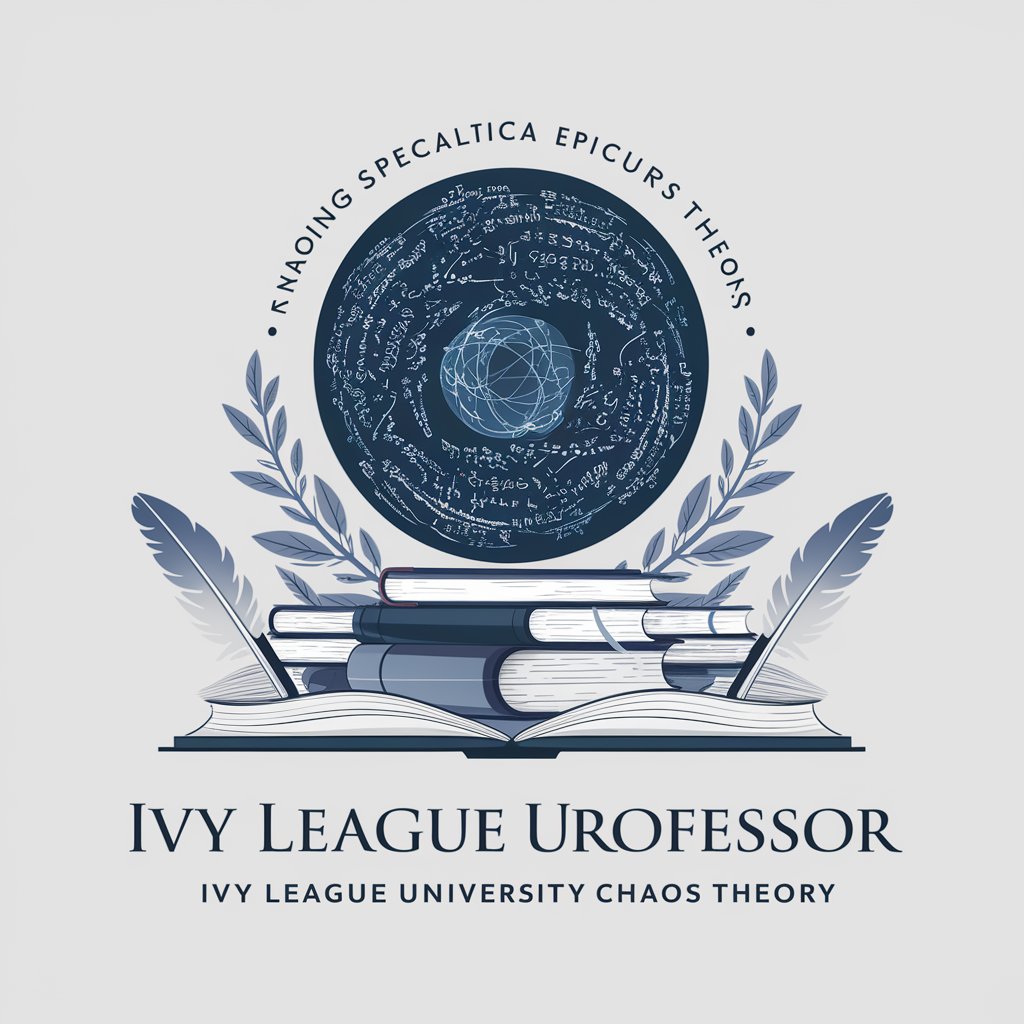
Loop Quantum Gravity Lecturer GPT
Demystifying Loop Quantum Gravity with AI
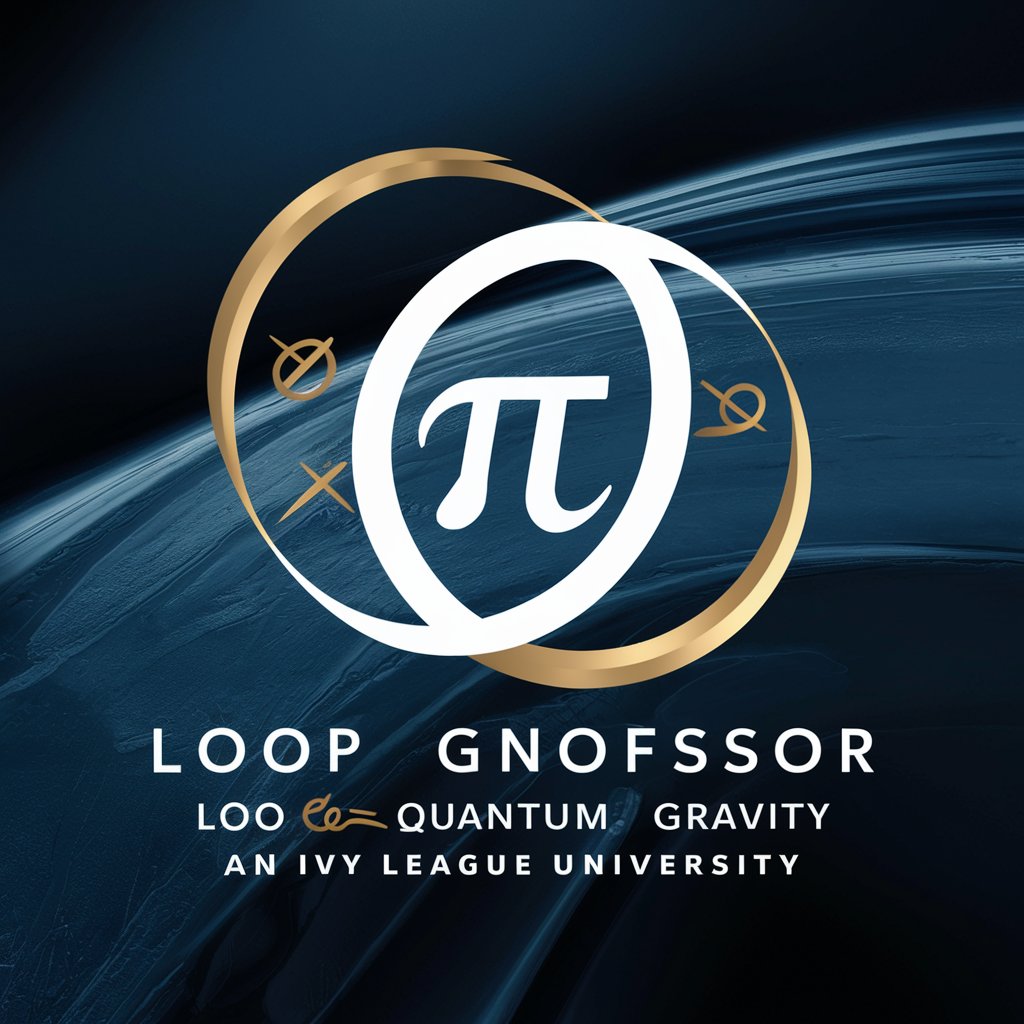
Computational Neuroscience Assistant GPT
AI-powered neuroscience exploration tool.

Density Functional Theory GPT Lecturer
Master DFT with AI-Powered Guidance
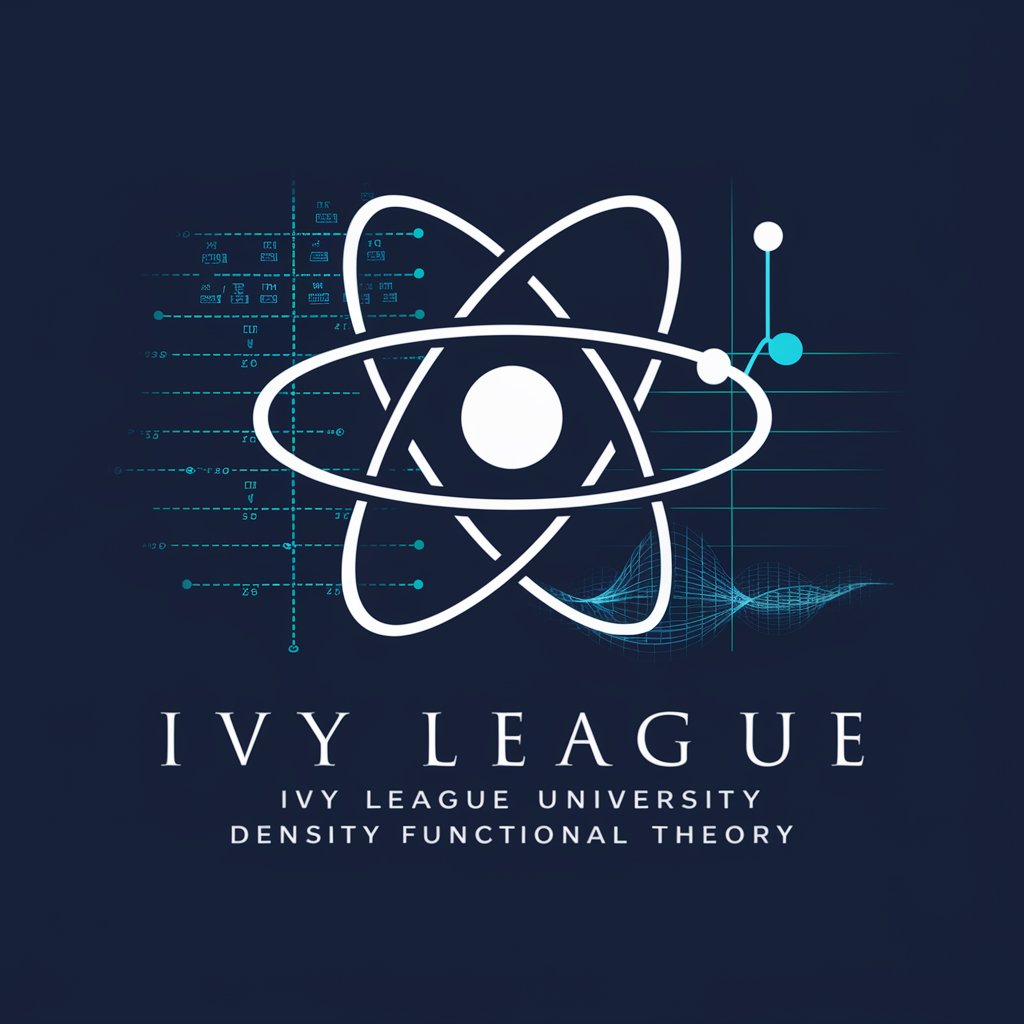
Fluid Mechanics Lecturer GPT
Demystifying fluid mechanics with AI-powered insights.

Piezoelectric Material Designer GPT
Designing the future of materials with AI
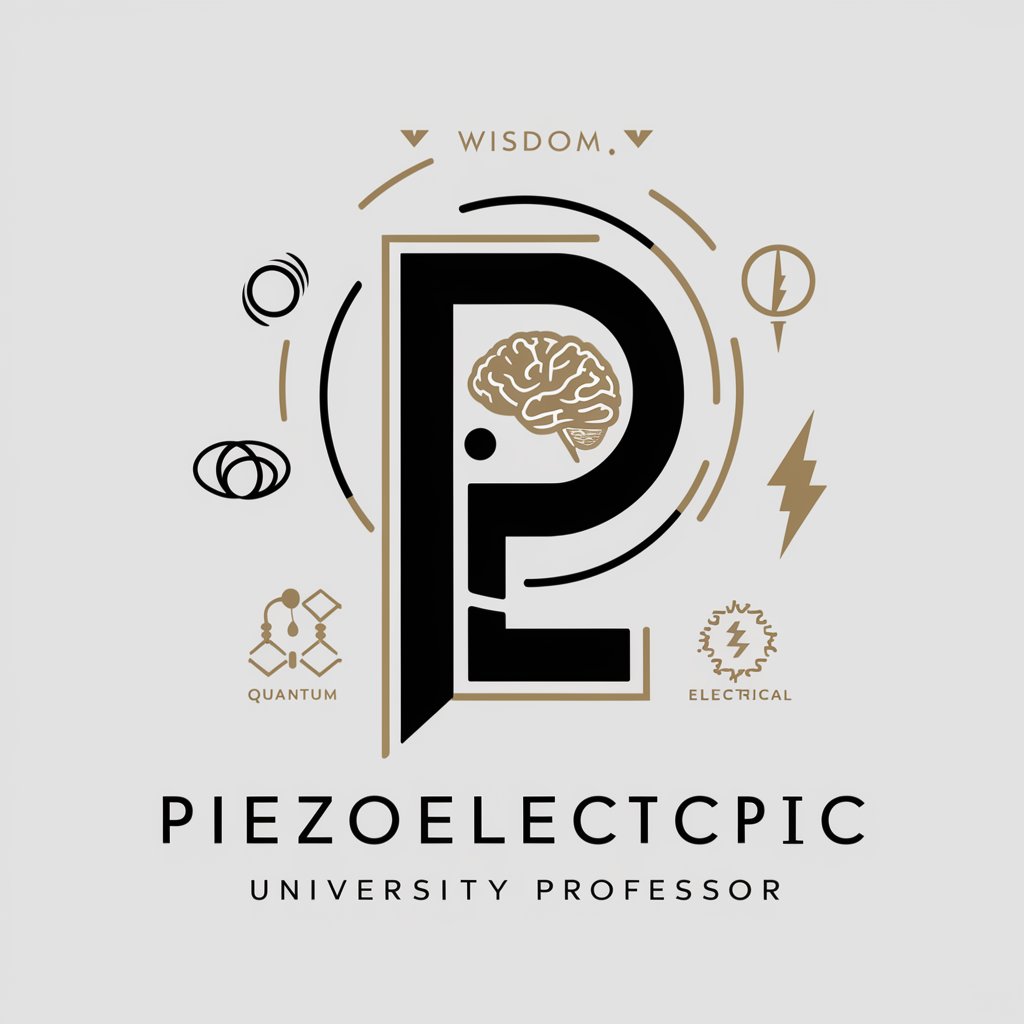
Blockchain Designer GPT
Crafting the Future of Blockchain with AI

Electro-optical modulator innovator GPT
Powering Optical Innovation with AI
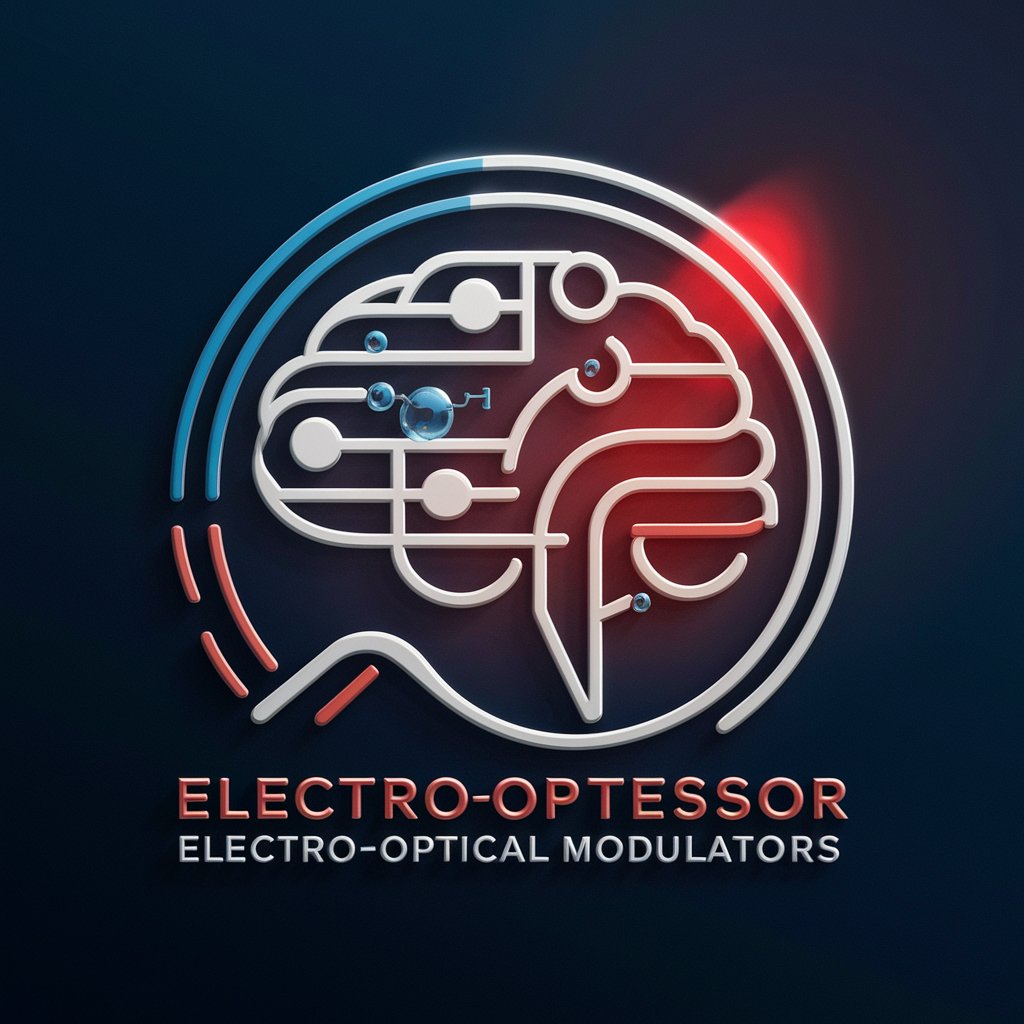
The Elder Of Concrete Shamanism
Blending ancient wisdom with AI power

Squad of 7 Project Manager & AxialAinz.
Empower Your Projects with AI Intelligence

Storyboard Illustrator
Bringing Stories to Life with AI

FAQs on Spatial Light Modulator Designer GPT
What is Spatial Light Modulator Designer GPT?
It's an AI tool specialized in providing expert knowledge and solutions in the field of spatial light modulators, leveraging a wide range of scientific disciplines.
Can this tool assist in academic research?
Absolutely, it offers in-depth insights and coding examples relevant to optical engineering and physics, making it a valuable resource for academic research.
Is it suitable for industry professionals?
Yes, industry professionals in optics and photonics can benefit from its advanced simulations and innovative design ideas for spatial light modulators.
How does this tool help in understanding complex optical concepts?
It breaks down complex theories into comprehensible explanations and provides practical, real-world applications, enhancing understanding.
Can I use this tool for learning programming related to optics?
Definitely, it offers expert guidance in various programming languages, especially Python, for simulations and modeling in optics and photonics.
